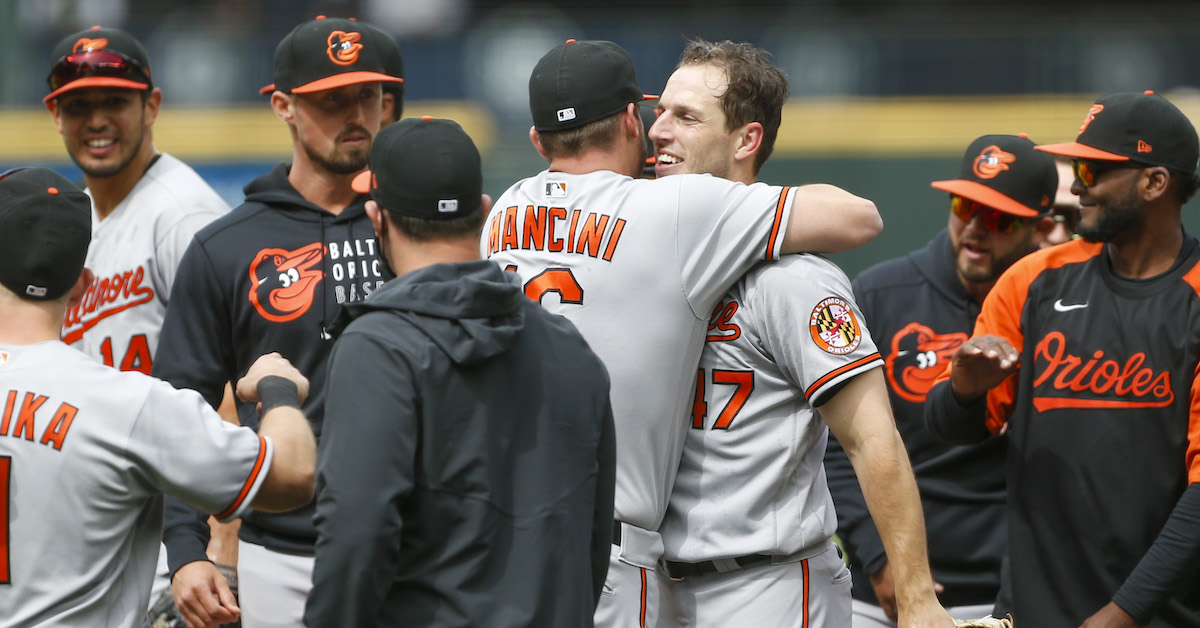Seattle’s George Kirby Commands His Repertoire

George Kirby is off to a solid start in Seattle. Since debuting with the Mariners in early May, the 24-year-old rookie right-hander has a 4.04 ERA and a 4.73 FIP (numbers that were markedly better before last night’s career-worst outing) to go with 49 strikeouts in 53 innings. Lending credence to scouting reports — our Eric Longenhagen lauded not only his high-octane heater, but also his plus-plus control — Kirby has issued just seven free passes.
Drafted 20th overall in 2019 out of Elon University, Kirby ranked No. 3 on our 2022 Seattle Mariners top prospects list. Kirby discussed his early career development, including what he’s learned from analytics, earlier this month.
———
David Laurila: You’ve had access to a ton of information playing in the Mariners’ system. What are some of the ways you approach pitching differently than you did just a few years ago?
George Kirby: “One thing I’ve really tried to hammer on is being location-based. I look at the analytics for certain pitches. With my slider, for instance, there is my release point and the horizontal movement. There are good tools to see where you’re at and kind of how to manage your off-speed. I’m always looking at that stuff.”
Laurila: By location-based, I assume you’re referring to how your pitches play best in certain zones?
Kirby: “Yes. With the Mariners, we have our ‘green clouds,’ which show the best pitch in that location in certain counts. I try to really focus on that. And one of the biggest numbers is that 94% of the time when you throw a first-pitch strike, you’re either getting the ball back 0–1 or it’s an out. That’s a huge part of pitching — not being scared of the zone and allowing that first pitch to work in your favor.” Read the rest of this entry »






